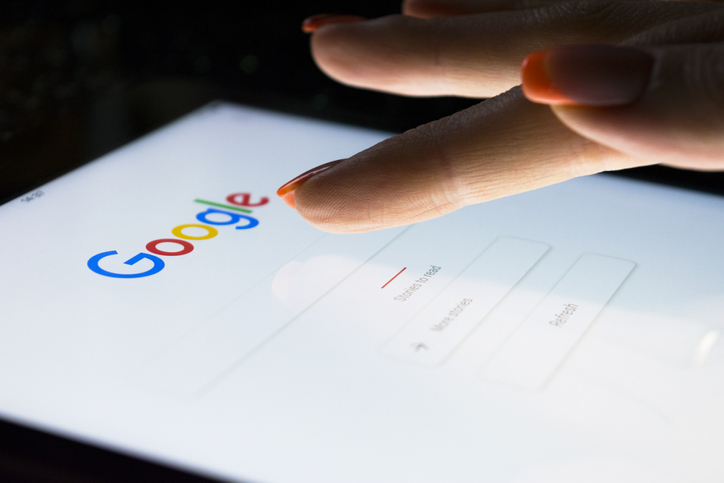Best Practices for Canonical Tags


Quick Navigation
When a search engine crawls your website, having duplicate pages can lower the ranking of your new content. That’s why it’s so important to use canonical tags on all of your URLs that go to the same webpage. In order to do this, you need a good understanding of HTML and search engine optimization (SEO). Let’s further explore the importance of this duplicate content solution.
A canonical tag is a way for you to tell search engines that a single URL is the master copy of a webpage. The purpose of a canonical tag is to make sure search engines like Google only display your intended URL on their search engine results page (SERP).
Basically, there are many reasons you may have duplicate content for an original page. The canonical tag solves this problem by identifying what that original page is. Here are some scenarios where you may have duplicate pages on your website:

Image via Unsplash by thisisengineering
Canonical tags ensure that only one URL is displaying a particular webpage. Even if you didn’t intentionally create a duplicate page, Google considers every unique URL to be a new webpage, even if multiple URLs all lead to the same page. For example, the following URLs could all lead to the About page on your website:
The downside of Google crawling all of these versions of basically the same URL is that they may all show up on the SERP for your website. This affects your SEO because users will only see these duplicate pages and not any of the new, unique content you want to share. By using the canonical tag, you can choose one of those URLs to show up on a SERP. Likewise, using this tag can help you direct users to the intended, clean-looking URL you want to use for a particular page.
The canonical tag is especially important for websites that have syndicated content. You can use the tag to ensure that your website’s page ranks at the top rather than your publisher’s. This is also helpful if another website were to plagiarize your content. You could try to get the tag on your website to ensure your page ranks over the other website. If the stolen page got any backlinks, it would benefit your page, which is the original.
When dealing with duplicate content, it can become quite a mess. This is especially true if your CMS is responsible for creating dozens or even hundreds of duplicate webpages. When using canonical tags to clean up your SERPS, follow these best practices:
In order to follow search engine optimization best practices, it’s important to use the canonical tag to let search engines know which content to crawl. Following this advice can help you improve your SEO and get more meaningful web traffic.

What Is A SERP?
SEO | 4 min read

Local Citations
SEO | 4 min read

Best Practices for Optimizing Meta Titles
SEO | 4 min read